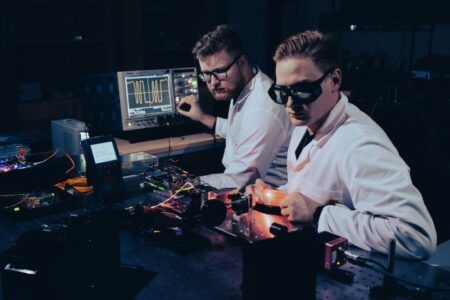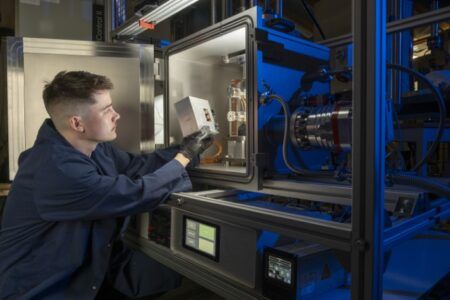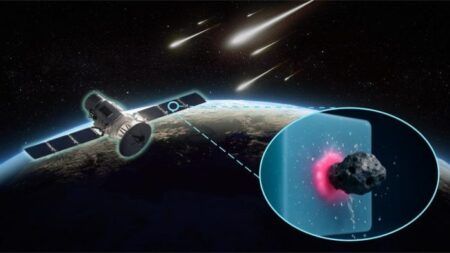At NASA’s Langley Research Center in Hampton, Virginia, a mockup of the Boeing Starliner spacecraft has endured a series of land landing qualification tests to simulate what the actual spacecraft and crew members may experience while returning to Earth from space.
The Starliner is being developed in collaboration with NASA’s Commercial Crew Program. Along with SpaceX’s Crew Dragon, the spacecraft is part of the agency’s effort to return America’s capability to launch astronauts from Florida’s Space Coast to the International Space Station (ISS).
The team recently kicked off a new series of land landing tests, which is designed to measure the vehicle’s airbag systems and how the crew responds to land landing scenarios.
“The accommodations inside the test article have become incrementally more flight-like throughout our test campaign,” said Boeing test engineer Preston Ferguson. “And the test dummies simulating crew members are very sophisticated, allowing us to identify responses through instrumentation on the head, neck and lumbar areas.”
The capsule – designed for landing on land, which makes it reusable up to 10 times with a six-month turnaround time between launches – can accommodate up to five passengers to and from the space station. For NASA missions to station, the Starliner will carry up to four astronauts and about 220 lb of cargo.”
“The first test series verified that the vehicle would be stable in all landing conditions,” said Richard Boitnott, Langley project test engineer. “We are constantly reaching higher levels of fidelity with our testing, and have flight representative parts in critical locations.”
The Starliner program has performed more than 20 landing tests to determine how the vehicle would fare on land at NASA Langley’s Landing and Impact Research Facility and in water at the Hydro Impact Basin under different conditions. These scenarios simulated landing velocities and angles the capsule could encounter during a typical land landing or an unlikely emergency water landing.
“All of the tests were defined through the analysis of worst-case situations,”
said Jim Gaspar, Langley project test engineer.
“We perform landing tests at the edge of the envelope to anchor analysis models and enhance crew safety for all potential flight scenarios,” Ferguson added.
In addition to testing the Starliner when it contains a simulated crew, the airbags used for landing were put through its paces as well.
The airbags, which contain a mixture of compressed nitrogen and oxygen gas, might appear to the untrained eye like larger versions of automobile airbags. However, these airbags have key differences in how they handle occupant loads.
“The Starliner airbags have to be very robust compared to an automotive airbag to meet the requirements for landing and have an active venting system,” Ferguson said.
“An automotive airbag would just need to worry about the safety of its occupants. The airbags on the Starliner are tasked to protect the crew and the vehicle itself,” Boitnott commented. “You’re dissipating thousands of pounds instead of just the mass of the occupant in a car.”
The Starliner comes equipped with six outer landing airbags, which have inner airbags. There is a seventh airbag in the spacecraft’s center, but it would only be used in a water-landing scenario.
“The outer bag vents at impact. Then, the inner bag absorbs the impact and stays inflated,” Gaspar said.
The airbags and other systems verified throughout the land landing test series will help ensure a soft return for the astronauts aboard.
October 4, 2017




